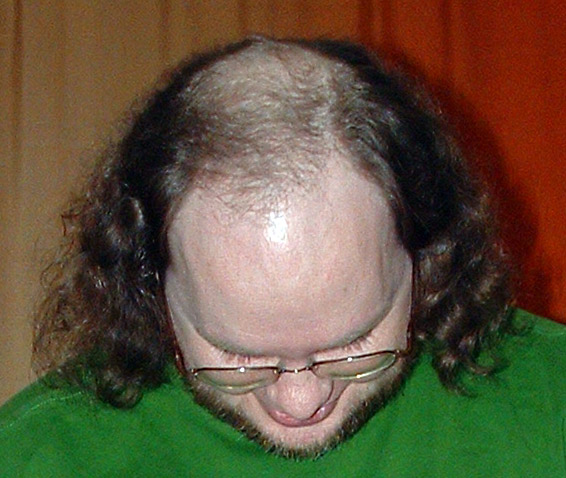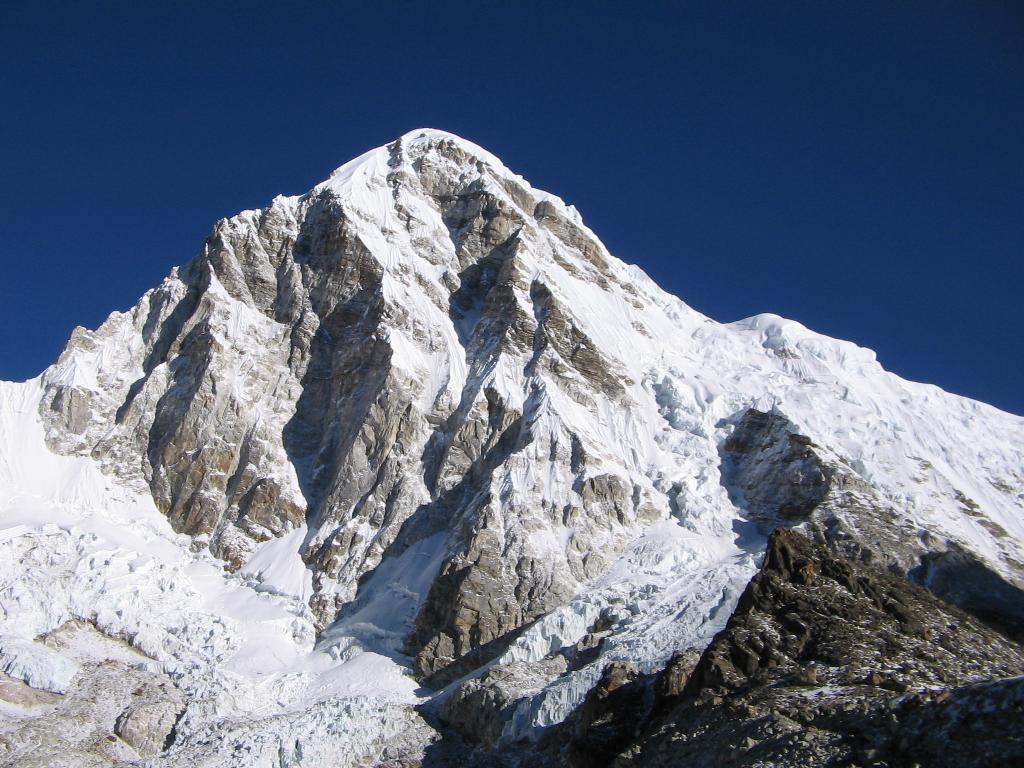Fighting Baldness and Healing Wounds through Hibernation
Interview with
The Proteins Preventing Male Pattern Baldness
A new drug target to prevent male pattern baldness has been identified by scientists at the University of Pennsylvania.
scientists at the University of Pennsylvania.
By profiling the genes and resulting proteins in scalp tissue from males suffering from the condition, George Cotsarelis found that in samples of balding tissue, there were increased levels of the protein prostaglandin D2.
It's thought the protein inhibits hair growth in follicles by acting on a receptor known as GPR44 and targeting this receptor therapeutically could treat or
prevent male pattern baldness in the future.
George - If you look at the current treatments for male pattern baldness, they're all based on serendipitous findings but what we've done is we directly studied the disorder and looked for abnormalities in the actual scalp and we showed that this protein inhibits hair growth in both human hair follicles as well as mouse hair follicles. We then identified the receptor that this protein works through and there are compounds that target this receptor already. So we think that using these compounds would lead to a new treatment for male pattern baldness.
---
Spotting Archaeological Sites from Space
Satellite images have been used to identify over 9000 sites of early human settlement in North-Eastern Syria.
Researchers from Harvard University used computer algorithms to search the images for clues of human habitation such as soil discolouration caused by long-term human activity and elevated mounds of land created by populations building on top of previous remains.
Jason Ur led
the discovery...
Jason - This is significant because these places were not known before. We can now take this data set and we can ask really basic questions about the origins of settlement, the relationship of villages and cities to their environment. We can also take what we found and we can use this to protect these places in the face of new development threats which grow every year. What's particularly exciting about the method that we've developed is if I were to do this on the ground, it would take me a very long time. With this method, I can map out the possible places of settlement very quickly.
---
A Simpler drug for Altitude Sickness
 Ibuprofen can
Ibuprofen can
reduce your chances of suffering from altitude sickness, which can cause symptoms such as headaches and nausea and can be fatal.
Taking 86 volunteers up White mountain in California to altitudes of 12500 feet and dosing them with either ibuprofen or placebo , Grant Lipman from the Stanford University School of Medicine found that people taking the drug were 3 times less likely to show symptoms...
Grant - Up until now, the prevalent medications are prescription drugs like acetazolamide or dexamethasone, limited by prescription-only availability and each with side effects. So, we're really excited about the generalisability of these findings that can affect the tourists and the weekend warriors, and people who want to enjoy the mountains and don't want to be feeling awful for the first day or two days of their vacation.
---
Healing with Hibernation
Black bears can heal wounds during hibernation to emerge injury-free in the spring.
By inserting small cuts into the skin of 14 black bears before hibernation and monitoring the state of these wounds as they hibernate throughout the winter, David Garshelis from the University of Minnesota found that despite having a slower metabolism during this time, the bears replaced layers of skin at the injured sites and grew new hair with minimal scarring and no signs of infection.
David - Even though their skin temperature and their core temperature is greatly reduced and their blood circulation is greatly reduced, they are able to heal this wound and have very little scarring on the wounds and they even get follicle growth. All this is very different from other hibernators and obviously, very different from humans. We're hoping that if we can find out the mechanism that is used in bears to heal these wounds, maybe we can somehow apply it to help humans heal wounds, particularly when people don't have good circulation.
And that work is published this week in the
Journal of Integrative Zoology.









Comments
Add a comment